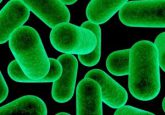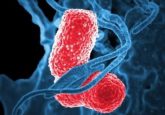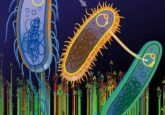Greedy guts! Gut bacteria steal the nutrients pathogens need to thrive
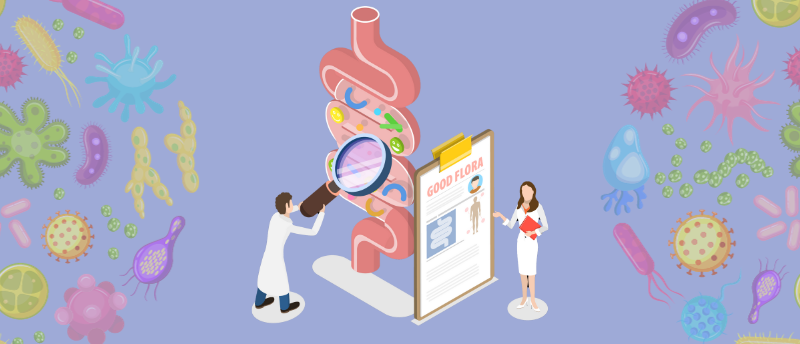
Diverse gut bacteria have been found to block pathogenic microorganisms from getting the nutrients they need to thrive and infect the body.
The gut microbiome is comprised of hundreds of different bacteria that serve a variety of functions, including the provision of protection from invading pathogenic microorganisms. However, the mechanism underlying this protection is currently unknown. Researchers at the University of Oxford (UK) set out to investigate how these diverse bacterial communities protect us with the hopes of learning new strategies for optimizing gut microbiome health.
To figure out how gut bacteria hamper pathogen growth, the team began by first testing how 100 different bacterial strains – individually and in combination – affected the growth of two pathogens: Klebsiella pneumoniae and Salmonella enterica.
They found that individual gut bacteria strains did not impact pathogenic bacteria growth while cultures of 50 gut bacterial strains were greatly effective at restricting pathogen growth and spreading. This indicated that diversity in the gut microbiome is essential to its protective function – termed the community protection effect. This effect was observed regardless of whether the researchers cultured the bacteria in vials or in germ-free mice.
“These results clearly demonstrate that colonization resistance is a collective property of microbiome communities; in other words, a single strain is protective only when in combination with others,” remarked senior author Kevin Foster.
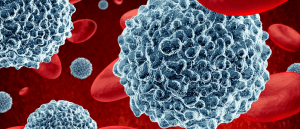 Composition of gut microbiome drives granulopoiesis
Composition of gut microbiome drives granulopoiesis
Researchers demonstrate that changes in the gut microbiome stimulate neutrophil production in mice, suggesting potential avenues for novel therapies to treat the condition.
The next question to investigate was whether the strains present in the diverse gut community affected the level of protection? And the answer is yes, they do! Certain strains were essential to the protective ability of the community, even though on their own these strains were ineffective at blocking the spread of pathogens. Genomic and metabolomic analyses revealed that the most robust communities were comprised of strains with similar protein profiles and carbon demands to those of the pathogens.
These diverse gut bacteria communities are protective because they consume the nutrients that the pathogen needs to thrive. First author Frances Spragge explained: “Crucially, although increased microbiome diversity increases the probability of protection against these pathogens, the overlap in nutrient utilization profiles between the community and the pathogen is key. Certain species that have a crucial role in community protection show a high degree of metabolic overlap with the pathogen, and therefore similar nutrient demands.”
When the team tested this experimentally, they found that the bacterial communities combined to have the highest nutrient overlap with an antimicrobial-resistant Escherichia coli strain were the most successful in reducing the pathogen’s abundance compared to communities predicted to be weaker, based on their low nutrient overlap with the pathogen.
The findings support the potential development of novel strategies to combat gut pathogens via the optimization of microbial communities in the gut. They also provide a potential explanation for the increased susceptibility to various bacterial pathogens that individuals face after taking antibiotics, which lower the diversity of gut bacteria.
